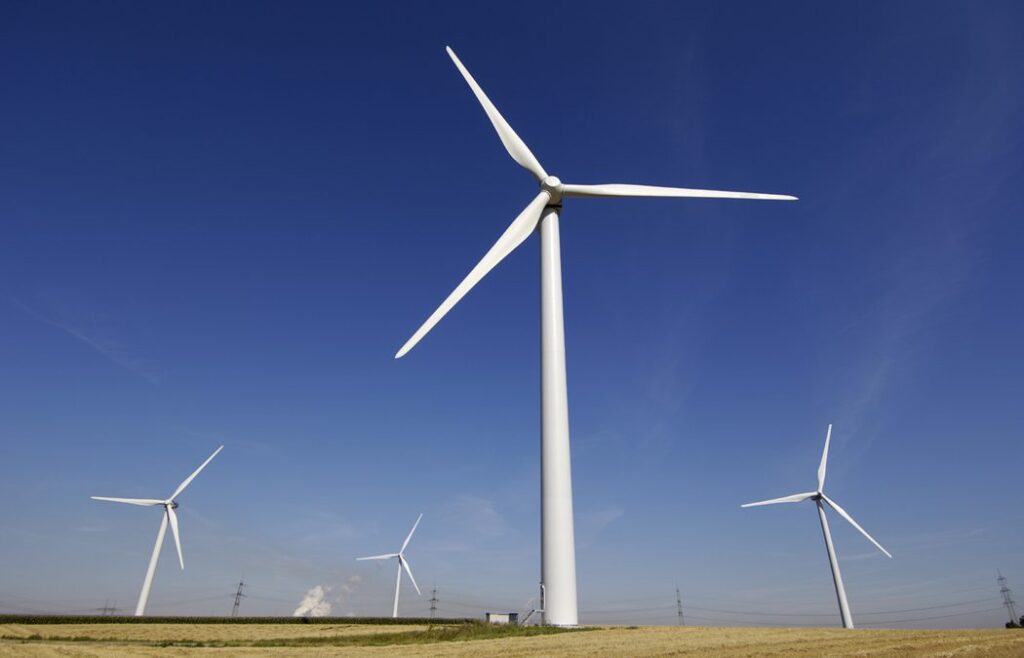Can green energy save us?

In recent years, there has been growing concern about the impact of fossil fuels on our planet. As a result, the search for alternative sources of energy has gained momentum, with green energy emerging as a promising solution. This article delves into the potential of green energy and explores whether it has the capability to save our planet.
- The Need for Green Energy
- The Benefits of Green Energy
- Challenges and Obstacles
- Current Initiatives and Success Stories
- Case Studies: Countries Leading the Way
- The Role of Technology in Green Energy
- Policy and Government Support
- Investment Opportunities in Green Energy
- Conclusion
- Frequently Asked Questions
The Need for Green Energy
The burning of fossil fuels, such as coal, oil, and natural gas, has contributed significantly to climate change and environmental degradation. The need for green energy arises from the urgency to reduce greenhouse gas emissions and combat the adverse effects of global warming. Green energy offers a sustainable and cleaner alternative that can help mitigate these issues.
The Benefits of Green Energy
Green energy sources, such as solar, wind, hydro, and geothermal power, offer numerous benefits. Firstly, they have a significantly lower carbon footprint compared to fossil fuels, making them environmentally friendly. Secondly, green energy is renewable, which means it can be replenished naturally and indefinitely. Additionally, transitioning to green energy can reduce our dependence on imported fossil fuels, leading to energy independence and enhanced energy security.
Challenges and Obstacles
While the potential of green energy is vast, there are several challenges and obstacles that need to be addressed. One of the main challenges is the intermittency of renewable energy sources. Unlike fossil fuels, which provide a constant supply of energy, green energy sources are reliant on weather conditions and natural occurrences. This intermittency poses a challenge for maintaining a stable power grid. Additionally, the initial costs of installing green energy infrastructure can be high, although the long-term benefits often outweigh these costs.
Current Initiatives and Success Stories
Despite the challenges, many countries and organizations worldwide have taken significant steps towards adopting green energy. Governments are implementing policies and incentives to encourage the use of renewable energy sources. Success stories can be found in countries like Germany, Denmark, and Costa Rica, which have made remarkable progress in transitioning to green energy and have become role models for others.
Case Studies: Countries Leading the Way
Germany, known as the "Energiewende," has successfully transitioned to renewable energy sources, with a significant focus on wind and solar power. Denmark is another frontrunner, consistently generating a large portion of its electricity from wind energy. Costa Rica has achieved an impressive feat by running on 99% renewable energy for extended periods, primarily through hydroelectric power.
The Role of Technology in Green Energy
Technological advancements play a crucial role in the development and utilization of green energy. Innovations in solar panels, wind turbines, energy storage systems, and grid management have improved the efficiency and reliability of green energy sources. Continued research and development in technology are vital for further optimizing green energy production and integration into existing energy systems.
Policy and Government Support
Government support is pivotal in driving the transition to green energy. Policies that promote renewable energy adoption, provide financial incentives, and impose regulations on carbon emissions are essential for creating a favorable environment for green energy growth. Governments worldwide must collaborate and commit to sustainable energy policies to maximize the potential of green energy.
Investment Opportunities in Green Energy
The shift towards green energy presents significant investment opportunities. As the demand for renewable energy continues to rise, investing in green energy projects, companies, and technologies can yield substantial returns. Furthermore, sustainable investments contribute to the growth of the green economy and create job opportunities in the renewable energy sector.
Conclusion
While the challenges are not to be underestimated, the potential of green energy to save our planet is undeniable. By harnessing renewable energy sources, we can reduce carbon emissions, combat climate change, and secure a sustainable future for generations to come. The transition to green energy requires collective efforts, technological advancements, government support, and investment. With a shared commitment, we can pave the way for a greener and cleaner world.
Frequently Asked Questions
1. What is green energy?
Green energy refers to energy derived from renewable sources that have a minimal impact on the environment. Examples of green energy include solar, wind, hydro, and geothermal power.
2. How is green energy produced?
Green energy is produced through various methods. Solar energy is generated by harnessing the power of sunlight using solar panels. Wind energy is obtained by capturing the kinetic energy of wind through wind turbines. Hydroelectric power is derived from flowing or falling water, while geothermal energy utilizes the heat from within the Earth's crust.
3. Can green energy completely replace fossil fuels?
While the complete replacement of fossil fuels with green energy is a long-term goal, it is not achievable in the immediate future. However, with advancements in technology and increased adoption of renewable energy sources, we can progressively reduce our reliance on fossil fuels.
4. What are the economic benefits of transitioning to green energy?
The transition to green energy offers economic benefits on multiple fronts. It creates jobs in the renewable energy sector, stimulates economic growth, reduces energy expenditures in the long run, and enhances energy security by reducing dependence on imported fossil fuels.

Leave a Reply